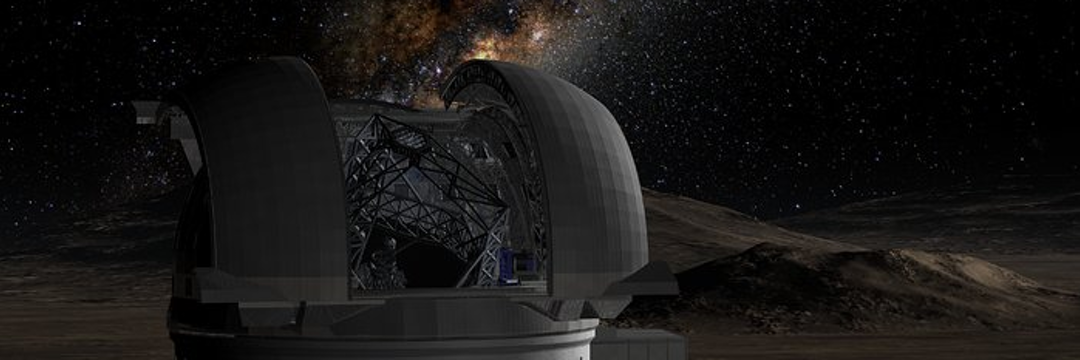
doi.org/10.7717/peerj.18169
Credibility: 989
#Jurássico
Recent research has challenged previous ideas about sea star evolution, suggesting that the family Asteriidae arose much later than previously believed.
Using detailed analyses of fossils and modern species, this study has identified new genera from the Jurassic and indicated a more complex early diversity than previously thought.
Changing Understanding of Evolution in Marine Biology:
A study published today in PeerJ Life and Environment has transformed our understanding of sea star evolution, particularly in the family Asteriidae.
Titled “Phylogenetic and Taxonomic Revisions of Jurassic Sea Stars Support a Late Evolutionary Origin of Asteriidae,” the research presents findings that challenge previously accepted ideas about the timeline of these marine invertebrates.
Starfish of the superorder Forcipulatacea, which includes about 400 species, play an important role in marine ecosystems.
For more than a century, scientists have debated the classification of this group, arriving at various taxonomic interpretations.
This new study reviewed six well-preserved fossils of Jurassic starfish and found that none of them belong to modern families, such as Asteriidae.
Instead, they represent so-called “early forcipulatids,” suggesting that Asteriidae likely arose later, in the Late Cretaceous, rather than in the Jurassic, as previously believed.
Key Findings:
– Comprehensive Phylogenetic Reassessment: The study used advanced phylogenetic methods to analyze 42 species of starfish, both fossil and extant, creating the largest phylogenetic database for Forcipulatacea to date.
This comprehensive matrix of 120 morphological traits provides new insights into the evolution of the group.
– Discovery of New Genera: Researchers have described two new genera of Jurassic starfish, named *Forbesasterias* and *Marbleaster*, which contribute to our understanding of the diversity and morphology of ancient starfish.
– Late Origin of the Asteriidae Family: The study concludes that the Asteriidae family, the largest within the Forcipulatacea and the third largest among starfish, likely evolved during the Late Cretaceous, up to 100 million years after the Jurassic species analyzed in this study.
This contradicts previous assumptions that placed the origin of Asteriidae in the Triassic or early Jurassic.
– Early Diversity of Forcipulatacea: The results also suggest that Forcipulatacea were more diverse in their early evolutionary stages than previously thought, offering new insights into the adaptation and diversification of these species.
Advanced Methodologies in Evolutionary Studies:
The research used an analysis called “Bayesian typing with dating,” which incorporates a “birth-death” process of fossils to estimate evolutionary relationships and timelines.
This method allowed the phylogenetic tree to be time-calibrated, resulting in a more accurate representation of the group`s evolutionary history.
Lead author Dr.
Marine Fau commented: “Our study reshapes how we think about the evolutionary trajectory of one of the most important groups of starfish.
The late origin of Asteriidae has major implications for understanding the diversification of marine species in the Mesozoic era.”
Implications for Modern Marine Research:
The findings of this research have major implications for marine biology, especially for paleontologists and evolutionary biologists.
By identifying these Jurassic sea stars as primitive forcipulatids, the study extends the time needed for the evolution of modern sea star families and opens up new possibilities for future research into how these ancient species adapted to their environment.
Publicado em 10/31/2024 23h44
Artigo original:
Estudo original:


